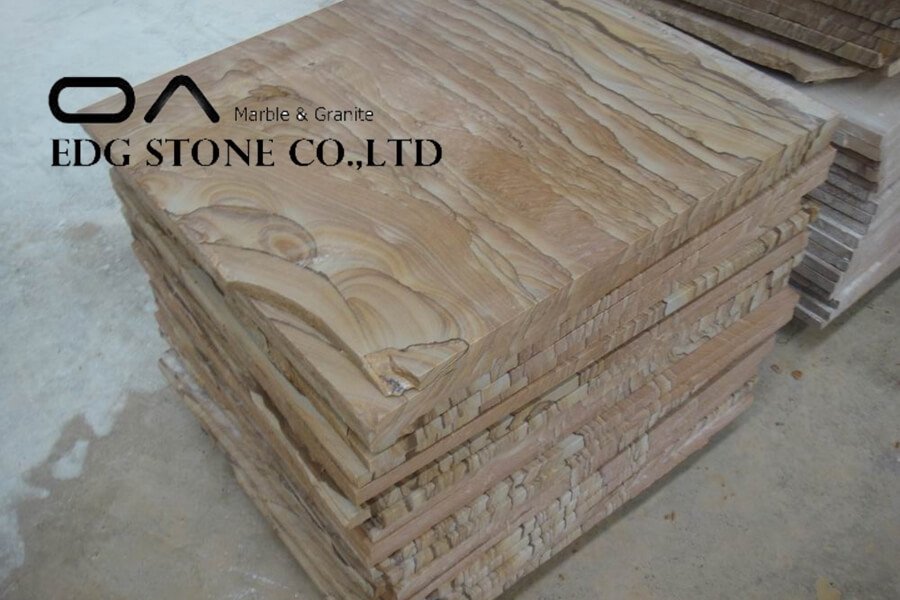In recent years, after new design and transformation, sandstone countertops have become more and more popular for use in bathrooms and kitchens. The unique texture, frosted appearance, versatility, and style of sandstone are its beauty. However, sandstone requires care to keep it in the state when it was first installed.
Many people think that sandstone is a stone that cannot be destroyed, but this is not the case. Stone has many potential weaknesses, such as its porous structure is easy to seep water, and this water absorption will cause it to change color, smell, and easily leave chemical stains on the stone. However, regular care and proper cleaning will avoid these problems. The best way is to not use any cleaning agents or cleaning processes under uncertain circumstances. Some wrong cleaning methods can cause irreparable losses. Check the instructions on the product before use. It is best to test it in an inconspicuous place to see what problems may occur and what effects it will have. If there is a small piece of stone left during cutting or installation, you can use it for testing.
Once the countertop has been sealed, follow the manufacturer’s recommendations and take care of it with simple and regular cleaning methods. The sealing can protect the surface of the countertop, and the sealing should be completed after installation. A seal usually lasts for several years, but care must be taken in accordance with the manufacturer’s recommendations.
The best daily care method is to be careful, remove the spills immediately, and don’t let them remain on it. For daily cleaning, use cleansers with a balanced pH value and mild, colorless, and odorless cleansers. Mild detergent is also suitable for cleaning sandstone surfaces. Avoid acidic cleaners and even those citrus additives, as they will corrode and peel off the polished sealing surface.
You can use a soft toothbrush to brush off the debris before cleaning but remember to rinse and air dries thoroughly.
Rinse thoroughly after cleaning to remove residual detergent. Don’t leave stains.
If there are stubborn stains, do not scratch or wipe, try a gentle cleaning method, rinse, air dry, and repeat this many times.
The best deep cleaning method is to try cleaning with a neutral detergent first. Deep cleaning can use products such as detergent and medicine. Use a soft brush to remove debris. When using abrasives, test them in an inconspicuous place first to see if there are any adverse effects. Leave the cleaning agent on the test surface to see if there is any potential hazard.
If the neutral cleaning effect is not obvious, it is necessary to perform “heavy” or “deep” cleaning. Read the instructions and test before use.
Again, rinse thoroughly after cleaning to avoid leaving residual detergent. You find a suitable cleaning agent and make a regular cleaning plan, then your countertop will maintain its lasting beauty.







